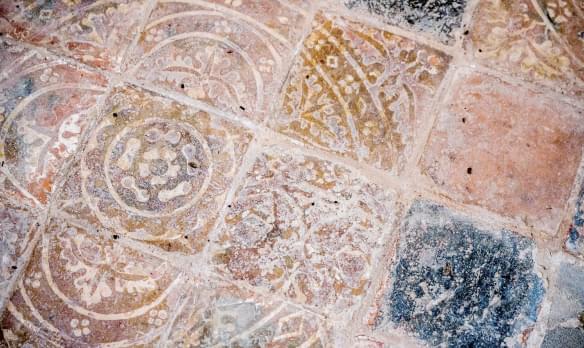
St Margaret
Ilkley, Yorkshire | LS29 9QL
St Margaret's was built in 1879 in the late Neo Gothic, or Perpendicular, style.
Search for a fascinating place to visit, or see the variety of churches, chapels and meeting houses we have supported.

Ilkley, Yorkshire | LS29 9QL
St Margaret's was built in 1879 in the late Neo Gothic, or Perpendicular, style.
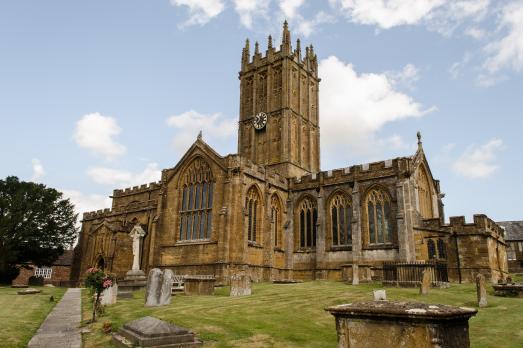
Ilminster, Somerset | TA19 0DU
There has been a church on this site since at least 762, but the present building dates from the second half of the 15th century.
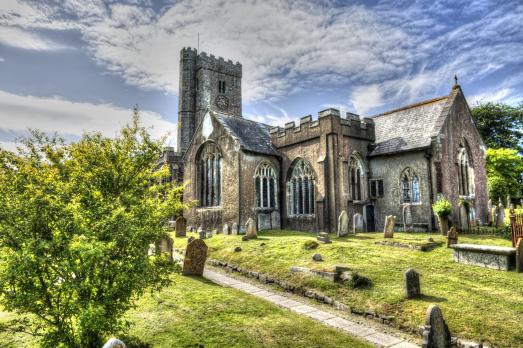
Ilsington, Devon | TQ13 9RW
St Michael's is a friendly welcoming medieval church open for worship and visits within the beautiful Dartmoor National Park.
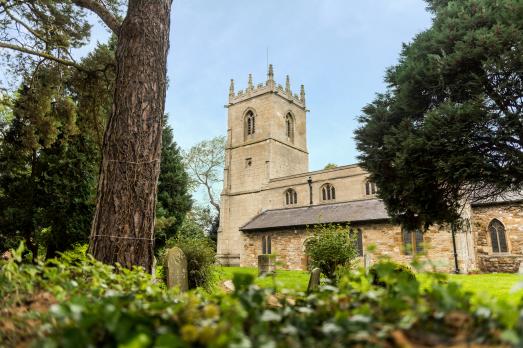
Immingham, Lincolnshire | DN40 2EU
St Andrew's Immingham has a light, warm and prayerful atmosphere.
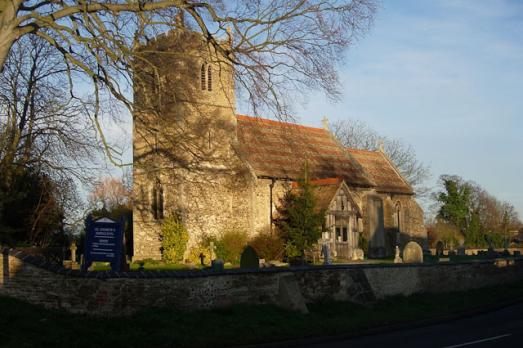
Impington, Cambridgeshire | CB24 9JE
The earliest known date for Impington is AD 991, when the manor was given to the Monastery at Ely by Duke Brithnoth.
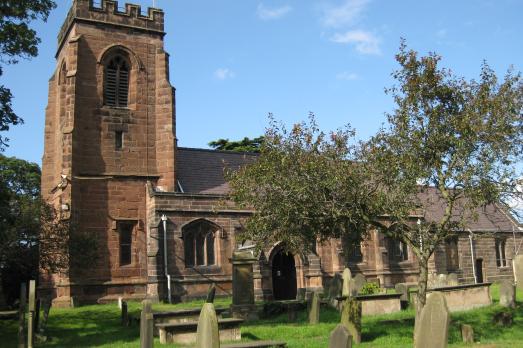
Ince, Cheshire | CH2 4NX
St James the Great, dating from the 15th century, sits in the historic village of Ince which is listed in the Domesday Book.

Ingestre, Staffordshire | ST18 0PZ
Sir Walter Chetwynd of Ingestre Hall, the 17th century politician and antiquary, was a friend of Sir Christopher Wren and a fellow member of the Royal Society.

Ingham, Lincolnshire | LN1 2YW
All Saints, with its beautiful stained glass east window, is a peaceful, welcoming church and it's well kept churchyard contains a 13th century gravestone and village war memorial.
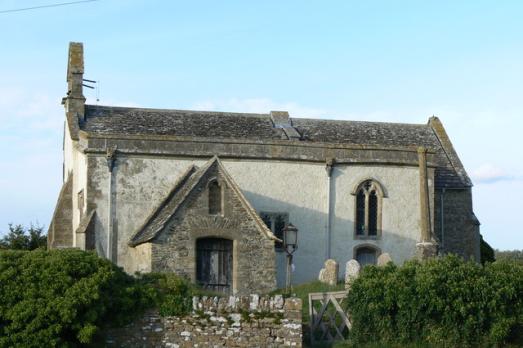
Inglesham, Wiltshire | SN6 7RD
An ancient painted wonder saved by William Morris.
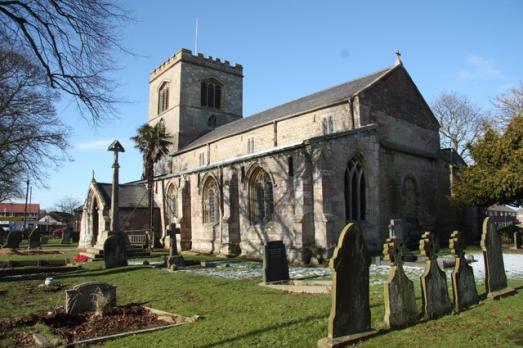
Ingoldmells, Lincolnshire | PE25 1PW
During WWII Butlins holiday camp was named HMS Royal Arthur and today the church has a Royal Arthur chapel with a memorial stained glass window.
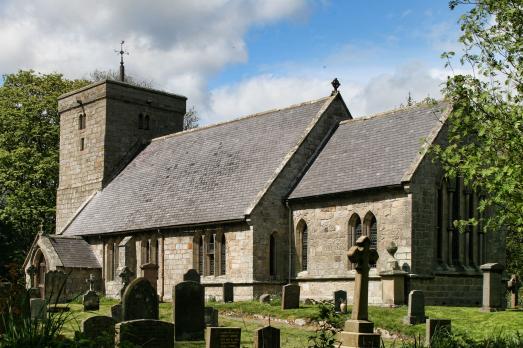
Ingram, Northumberland | NE66 4LT
A beautiful church set in a large rural churchyard, an ideal place for quiet meditation.
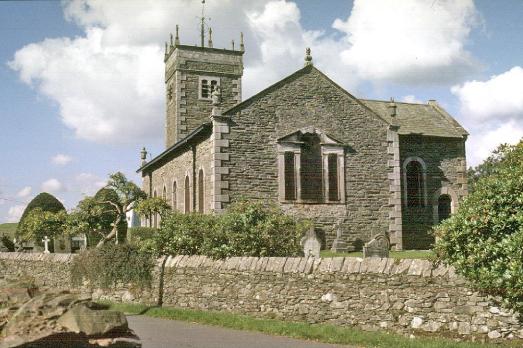
Ings, Cumbria | LA8 9PY
St Anne’s is a beautiful Grade II* Georgian church, one of the few examples from this period in the North of England.